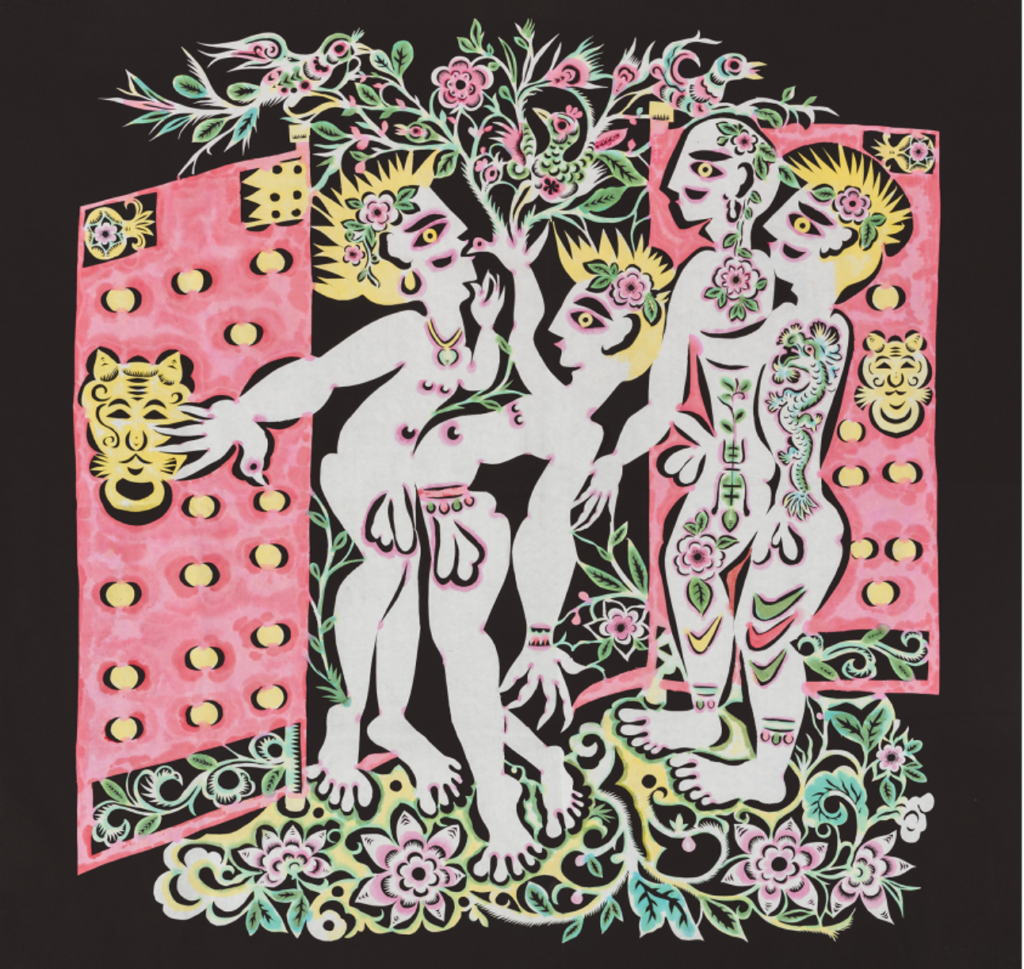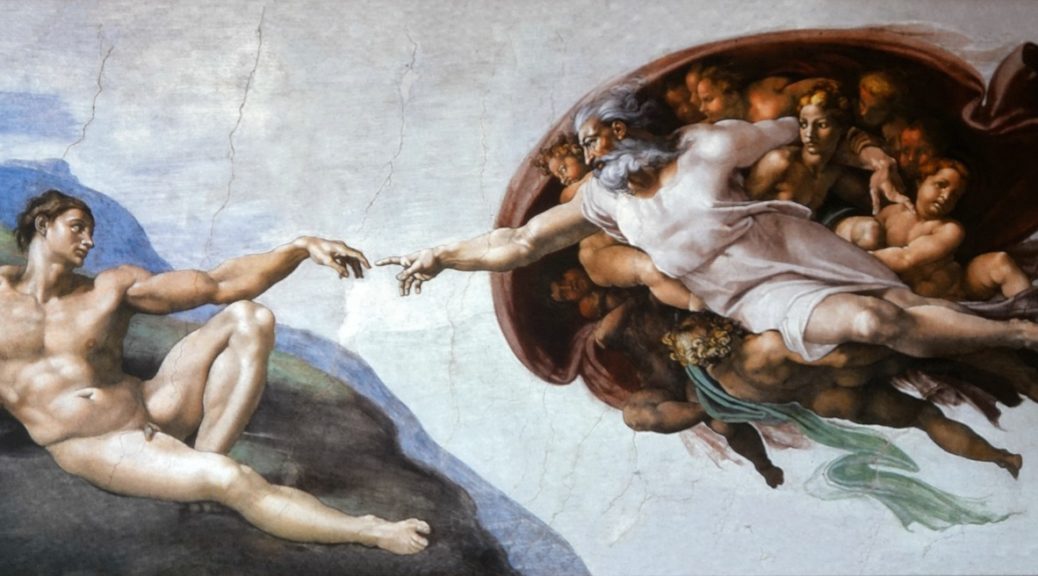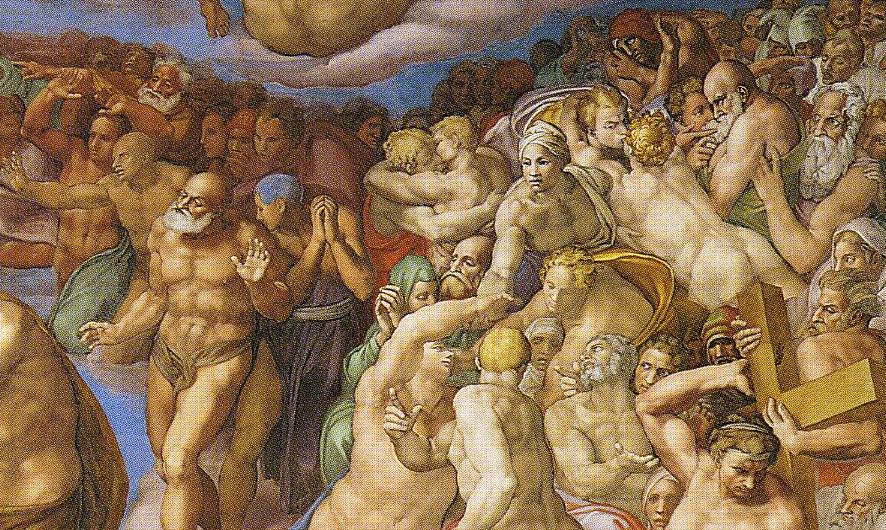
Two Ladies of the Court in Saint Joan
Artist: Charles Ricketts
Media: Watercolour on board
Date & Location: 1924
Image Source: Picryl
Significance to Queer Art History
Charles Ricketts was a British painter, designer, and publisher. He met his partner Charles Shannon at the City and Guilds Technical Art School in south London in 1882 when they were both teenagers. They moved in together in 1888 and lived with each other for the rest of their lives. They also had sexual and emotional relationships with other men as well as women while living together.
Dear Old Chap… At each meal time they plonk down a plate of strawberries which make me think of you–no, this is not quite accurate. I really think of the strawberries. Only when they are done, I think of thee.”
– Charles Ricketts to Charles Shannon in a letter from Florence
Ricketts and Shannon were both individually practicing artists, but they also created the art magazine, The Dial, as well as Vale Press, together.
Ricketts and Shannon were responsible for the illustration and design of many of Oscar Wilde’s books and had a long-term friendship with Wilde who himself is an often-cited queer icon.
They also counted among their friends Katharine Bradley and Edith Cooper. Bradley and Cooper were long-time lovers (living together for about 40 years) and collaborators. They were also (making things a bit more complicated) aunt and niece. Together the women published their writing (some inspired by the poems of Sappho of Lesbos) under the shared pseudonym, Michael Fields. Ricketts and Shannon designed some of their books. The couple also asked Ricketts and Shannon to help them find and furnish “a home for [their] marriage.”
The watercolour Two Ladies of the Court by Ricketts was painted as one of the plates for the book edition of the play Saint Joan by George Bernard Shaw. Itself a scene of intimacy between two women, this watercolour is also for a play about one of the most famous figures from medieval history (Joan of Arc) known for defying binary constructions of gender. It also has a counterpart in a plate in the same book of two “gentlemen ushers of the court.”
These two ushers even have pointy shoes, which have a queer medieval history of their own, but that is for another post x
After the Ricketts and Shannon passed away within six years of each other, their friend, Edmund Dulac, painted them together as two monks in this double portrait.
❦ Resources ❦
Charles Ricketts. Self-Portrait : Taken from the Letters & Journals of Charles Ricketts. Collected and compiled by Thomas Sturge Moore , edited by Cecil Lewis. London: P. Davies, 1939.
Matt Cook. Queer Domesticities : Homosexuality and Home Life in Twentieth-Century London. Basingstoke: Palgrave Macmillan, 2014.
Sarah Parker. “Poets and lovers: the two women who were Michael Field.” The Conversation. 31 January 2020. Accessed 25 March 2024.
















 Date & Location: 1966 in San Francisco, CA (USA)
Date & Location: 1966 in San Francisco, CA (USA)










